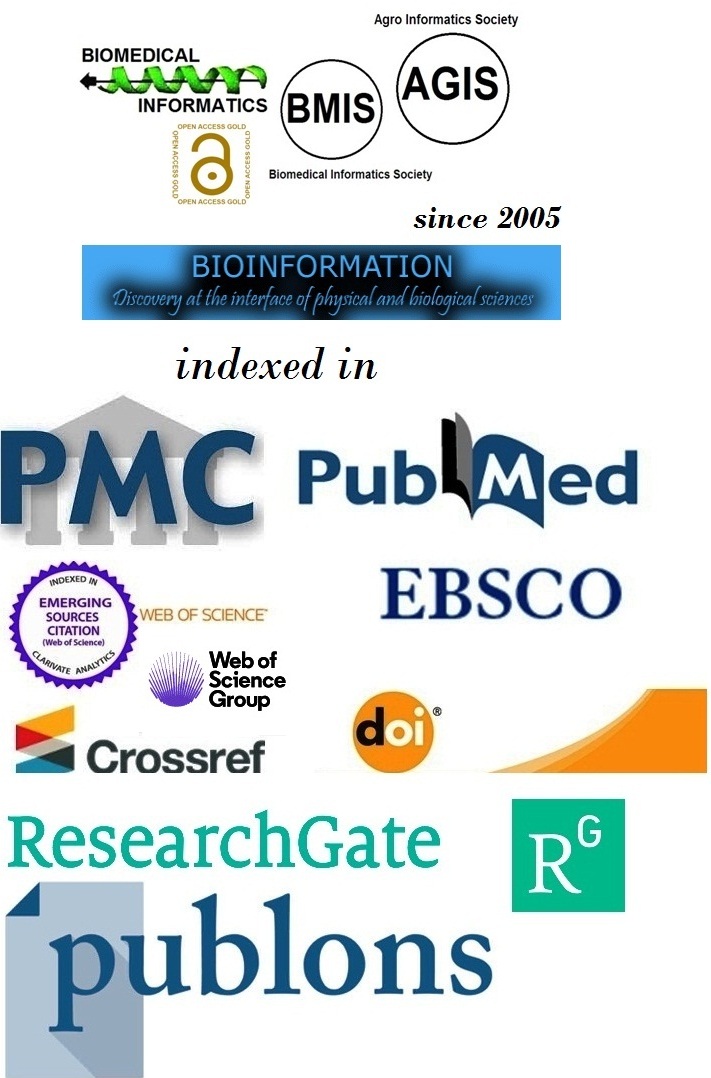Title
Study on the MRI features of normal postoperative glenoid labrum compared to recurrent tears
Authors
Saurabh Gangwar*
Affiliation
Department of Radiology, Rajshree Medical Research Institute & Hospital Bareilly, Uttar Pradesh, India; *Corrresponding author
Saurabh Gangwar - E - mail: saurabhgangwar2728@gmail.com
Article Type
Research Article
Date
Received December 1, 2024; Revised December 31, 2024; Accepted December 31, 2024, Published December 31, 2024
Abstract
The study evaluates the effectiveness of MRI and MR arthrograms in detecting recurrent glenoid labral tears, highlighting MRI's ability to visualize soft tissues and assess postoperative repair integrity, crucial for diagnosing labral injuries and ensuring appropriate treatment. The study included 25 patients (72% male, 28% female) with recurrent shoulder repair. Recurrent labral tears were observed in 14 patients on MR arthrogram with 81-91% sensitivity and 76-86% specificity based on age. In 12% of patients, paralabral cysts were observed. Overhead activity was present in 44% of patients and most frequently in males under 30. Recurrent labral tear is seen in most of the patients with MRI imaging. The study found that MRI and MR arthrogram are useful diagnostic instruments with comparatively high sensitivity and specificity for detecting recurrent labral tears in postoperative patients, especially in patients between 35-40 years. This retrospective study evaluates the diagnostic accuracy of MR arthrograms in detecting recurrent glenoid labral tears after surgery, analyzing sensitivity, specificity, demographics, recurrence causes, and secondary findings.
Keywords
Glenoid labrum, MR arthrogram, mri, recurrent glenoid labral tears
Citation
Gangwar, Bioinformation 20(12): 1823-1828 (2024)
Edited by
P Kangueane
ISSN
0973-2063
Publisher
License
This is an Open Access article which permits unrestricted use, distribution, and reproduction in any medium, provided the original work is properly credited. This is distributed under the terms of the Creative Commons Attribution License.
